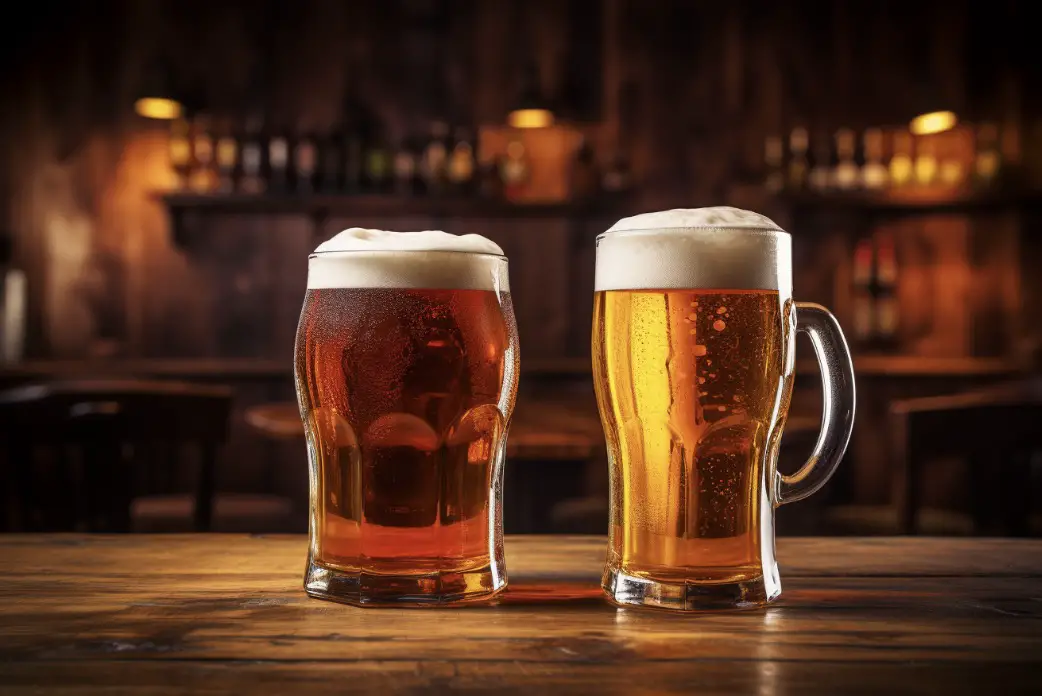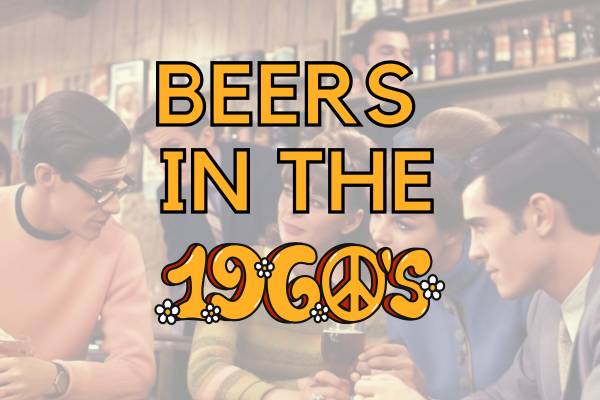When it comes to choosing a beer, everyone has their preference. Whether you lean towards craft options or mainstream selections, the choice often boils down to taste, history, and sometimes just pure brand loyalty.
Two names that have been pitted against each other in countless barroom debates are Shiner Bock and Bud Light. But which is better?
Well, it’s not quite black and white.
Shiner Bock and Bud Light both have their merits, but they cater to different tastes and occasions. In this post, we’ll dive into a detailed comparison, evaluating them on various fronts.
1. Historical Roots
Shiner Bock, brewed by the Spoetzl Brewery in Shiner, Texas, has roots going back to 1909. Originating as a seasonal beer for Lent, it quickly became the brewery’s flagship product due to its popularity. Shiner Bock embodies the spirit of Texas and has a rich history woven into the state’s fabric.
On the other hand, Bud Light, a product of Anheuser-Busch, was introduced in 1982. While it may be younger, its parent beer, Budweiser, dates back to the late 1800s. Bud Light, with its wide appeal, rapidly became America’s best-selling light beer.
2. Flavor Profile
Shiner Bock offers a distinct, deep amber color with a slightly sweet taste, complemented by a hint of roasted malts. It is a traditional bock beer, characterized by its richness and complexity.
Bud Light is a light lager, renowned for its crispness and refreshing finish. It’s clean, clear, and as the name suggests, light in both color and taste.
3. Brewing Process
The brewing process significantly impacts the taste and quality of a beer. Shiner Bock uses rich roasted barley malt, giving it a unique depth and character. The process, while rooted in tradition, also sees periodic innovations.
Bud Light, meanwhile, employs a mix of premium aroma hop varieties, rice, barley malt, and water. Its brewing process is optimized for consistency, ensuring the same taste bottle after bottle, wherever you are in the world.
4. Alcohol Content
For those who consider alcohol content when picking a brew, Shiner Bock boasts an ABV (Alcohol By Volume) of around 4.4%, whereas Bud Light is slightly lower at 4.2%. The difference might not be stark, but it can matter to some beer aficionados.
5. Pairing with Food
Shiner Bock’s rich profile pairs well with grilled meats, especially barbecued beef or spicy sausages. Its deep flavors can complement and elevate a hearty meal.
Bud Light, due to its lightness, is versatile and goes well with almost anything, especially popular bar foods like wings, nachos, or pizza.
6. Cultural Impact
Both these beers have made significant cultural impacts in their own right. Shiner Bock, with its Texan roots, is often associated with southern warmth, rodeos, and country music. It’s not just a beer; it’s a part of Texas.
Bud Light has achieved an iconic status in American pop culture. With its memorable commercials, sponsorships of major sports leagues, and presence in movies, it’s more than just a beer brand – it’s a lifestyle.
7. Price Point
While prices can vary depending on location and promotions, generally speaking, Bud Light tends to be more affordable due to its mass production and wide distribution. Shiner Bock, being a craft beer, might come at a slightly higher price point. However, many argue that the quality and unique taste justify the cost.
8. Availability
Bud Light, being a product of one of the world’s largest beer companies, is available almost everywhere. Whether you’re in a big city or a small town, chances are you’ll find Bud Light.
Shiner Bock, while immensely popular in Texas and surrounding areas, might be harder to locate in some parts of the country. However, its growing fan base and distribution network are making it increasingly accessible.
In Conclusion
Choosing between Shiner Bock and Bud Light isn’t a matter of which is objectively better, but rather which suits your taste and occasion. Here’s a quick recap:
- Shiner Bock: Deep Texan roots, amber color, rich taste.
- Bud Light: Younger, crisp, clean, and refreshing.
- Brewing: Shiner uses roasted barley malt, Bud Light uses rice and premium hops.
- Alcohol Content: Shiner (4.4%), Bud Light (4.2%).
- Pairing: Shiner with grilled meats, Bud Light with bar foods.
- Cultural Impact: Shiner represents Texas, Bud Light represents American pop culture.
- Price: Bud Light often more affordable.
- Availability: Bud Light more widely available, Shiner Bock growing in distribution.
From a personal perspective, I’ve enjoyed both on various occasions. For a BBQ under the Texan sun, I’d likely grab a Shiner Bock. However, for a Super Bowl party with friends, Bud Light might be my go-to. It’s all about the moment, the company, and the memories you create. Cheers to finding your perfect brew!
FAQs
Q1: Are there any seasonal or special edition versions of these beers?
A1: Absolutely! Both breweries release seasonal or special editions from time to time. Shiner Bock has several seasonal brews like Shiner Holiday Cheer and Shiner Oktoberfest. Bud Light, on the other hand, has ventured into the world of flavored beers, introducing variations like Bud Light Lime and Bud Light Orange.
Q2: Which beer has won more awards?
A2: Both beers have been recognized at various beer competitions. Shiner Bock has bagged numerous awards, particularly at events like the Great American Beer Festival. Bud Light, with its vast distribution, has also clinched several accolades, especially for its consistency and quality.
Q3: Are there any non-alcoholic versions available?
A3: Bud Light offers a non-alcoholic version called Budweiser Zero. It aims to deliver the same taste without the alcohol content. As of my last update, Shiner Bock doesn’t have a non-alcoholic version, but breweries are always evolving, so it’s worth keeping an eye out.
Q4: How do the calorie counts compare?
A4: Considering they cater to different taste profiles, there’s a noticeable difference. Bud Light, being a light beer, typically has around 110 calories per 12 oz. serving. Shiner Bock, with its richer flavor profile, sits at around 142 calories for the same serving size.
Q5: Are there any sustainability or environmental initiatives tied to these brands?
A5: Many beer brands are hopping on the sustainability train, and these two are no exception. Bud Light, being under Anheuser-Busch, benefits from the company’s various sustainability initiatives, such as their commitment to renewable energy. Shiner Bock, though on a smaller scale, also engages in environmental practices, from water conservation efforts to supporting local Texan agriculture.




